China is increasingly trying to lure foreign universities, politicians and businesspeople with investment opportunities that are hard to resist. These can seem like legitimate transactions between parties that stand to mutually benefit. Not so, argues Finn Lau, a political exile from Hong Kong and a victim of a brutal attack in London that he believes was politically motivated. Lau’s first-hand experience of the CCP’s tactics make him alert to a strategy that few have heard of: the United Front, an attempt to neutralize countries and institutions that might pose an economic or political threat to China.
In 2020 then Prime Minister David Cameron pushed to establish a $1-billion UK-China Investment Fund. The University of Cambridge also set up a centre dedicated to Chinese research with close ties to Huawei. Meanwhile an influential UK chamber known as the 48 Group Club was alleged for having close ties with Xi Jingping and the Chinese Communist Party. What’s behind these close ties of the British establishment with China? Are these legitimate transactions, or is something more insidious going on?
United Front (統戰) is a tactic that has been adopted by the Chinese Communist Party (CCP) since the 1920s and its Beijing regime since 1949. It originated from Soviet Russia after the 1917 Bolshevik Revolution and has constantly evolved under the totalitarian Beijing regime for decades. In essence, the United Front tactic perfectly blends “Divide-and-Conquer” and “Carrot-and-Stick” into one strategy via the prioritisation of resources to tackle targeted enemies. Nowadays, the CCP makes use of money to lure and befriend scholars, politicians and businessmen in different developed countries, and create conflicts among those who are happy to accept Chinese donations and those who refuse. To minimise suspicion, CCP agents typically hold different titles to hide their real position in the Beijing regime. The world needs to become aware of this strategy and have no illusions about the lengths to which China is willing to go to cement its influence and power.
To the CCP, all universal values, individuals, entities, pressure groups, NGOs, countries and intergovernmental organisations are regarded as its enemies as long as they may threaten its economic self-interests and political dominance inside and beyond China.
Mao Zedong, the founder of the CCP regime, was keen on identifying the so-called “principal contradictions”, like the conflict between different working classes, and non-principal contradictions. Based on his theory, the CCP has attempted to categorise its enemies (be it different working classes, domestic political camps or even foreign countries) into principal and non-principal enemies from time to time. Once the CCP identifies the principal enemies, it would then join up with and paralyse all non-principal enemies temporarily to focus on defeating the principal enemies. Once the process is completed, the CCP would move on to divide and re-categorise the previously non-principal enemies into smaller groups of principal and non-principal enemies again, and subsequently conquer the new, yet, weaker principal enemies until all of the CCP’s enemies are defeated. This technique sums up how Mao and Xi rose to power in the 20th and 21st century respectively. It also explains how Hong Kong lost its soul and fell into the hands of the CCP.
The United Front is the invisible, fifth key strategy under the Unrestricted Warfare framework adopted by the CCP.
To the CCP, all universal values, individuals, entities, pressure groups, NGOs, countries and intergovernmental organisations are regarded as its enemies as long as they may threaten its economic self-interests and political dominance inside and beyond China.







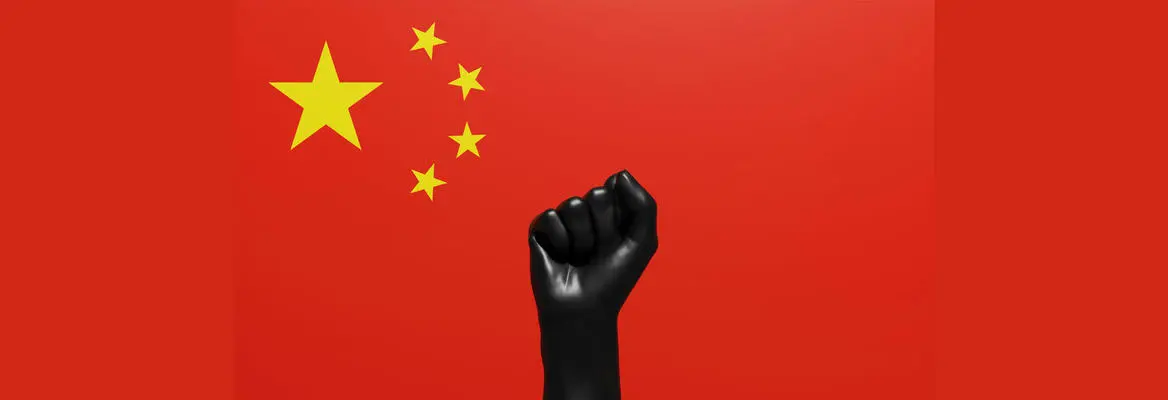



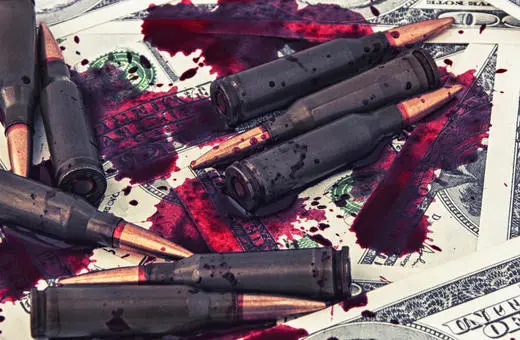
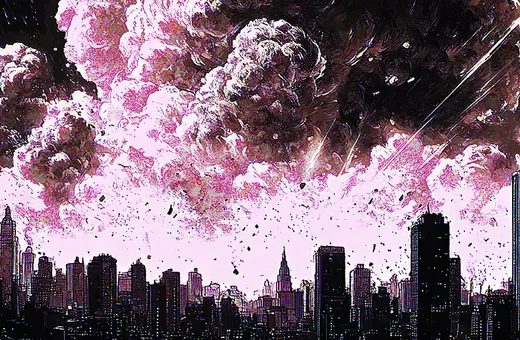
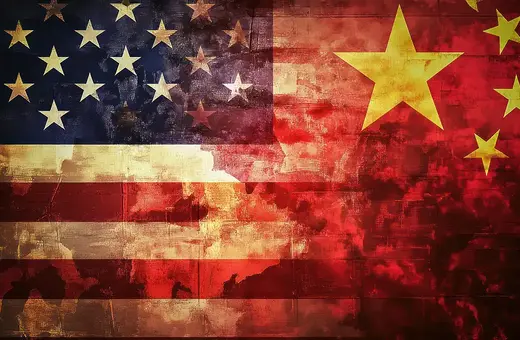


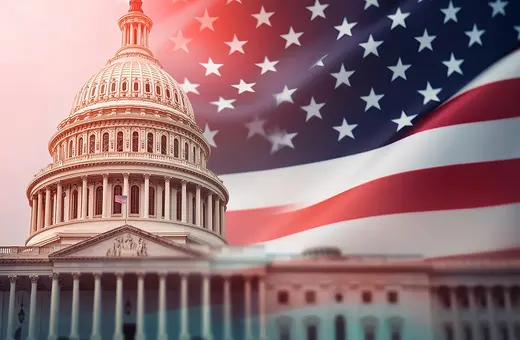



Join the conversation